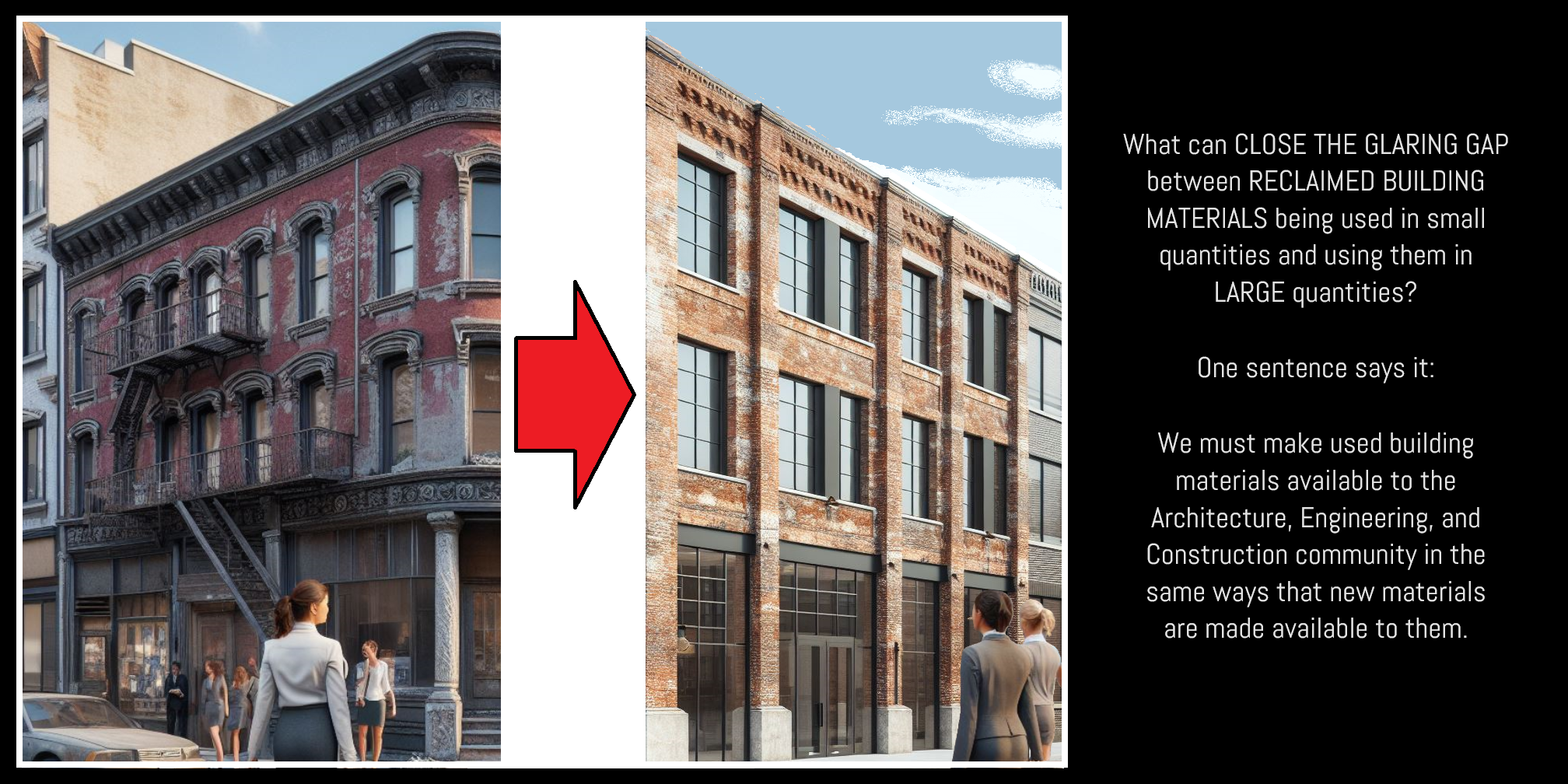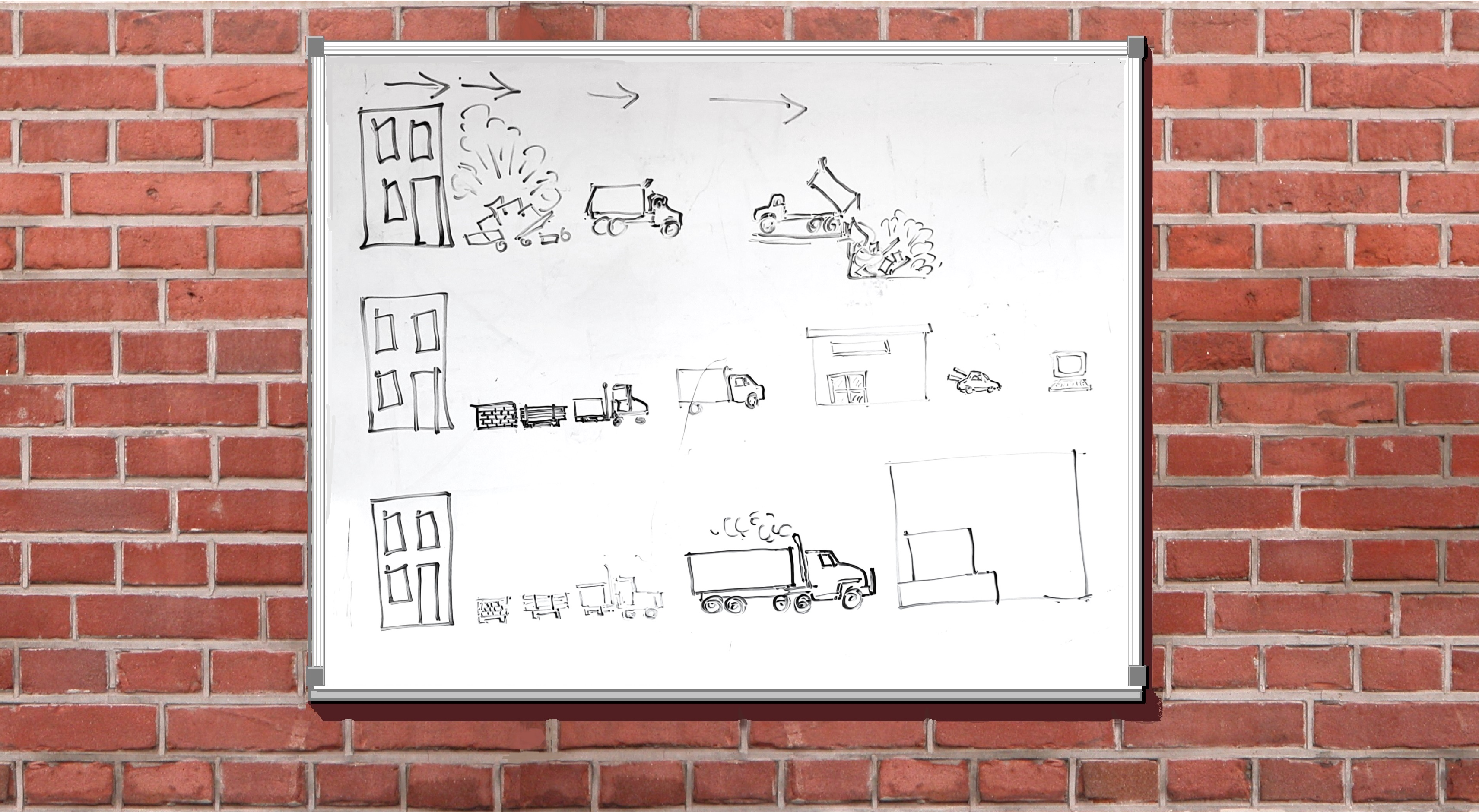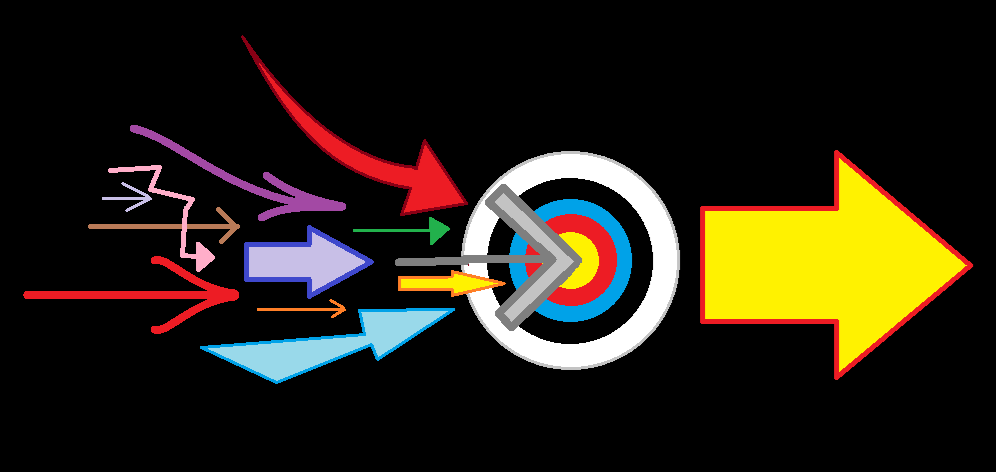First a Leader
First a Leader - (originally published on LinkedIn on August 1, 2024)
Posts by:

First a Leader - (originally published on LinkedIn on August 1, 2024)

(Originally posted on LinkedIn on February 20, 2025)

Let's not mince words.
Respect profitability as a priority.
Understand implications of actions. Understand existing systems and practices. Understand the humans and the roles they fill now and how those roles will be affected by change. Understand what is currently available and what needs to change. Be informed. Be smart. Keep it simple. Think broadly and over time through the sequences of transactions and triggers from one end to the other. These are supply and demand systems, supply chains.
Make this a priority but don't rush. One wrong turn of a ship in the Suez Canal can have huge implications worldwide.
This article describes just one piece of The New Model of Distribution of Recaptured Building Materials, speaking to the sources of income and savings. There is more to The New Model, but for another time.
One sentence does tell where we are headed with this, though: We must make reclaimed building materials available to the Architecture, Engineering, and Construction community in the same ways that new materials are made available to them.
Environmental and social benefits have not been enough to inspire adequate change. Witness where we are in this now. Profit is really the driver of the whole thing: respecting and enhancing profit. When we do that, we are still doing the right thing for our future, just going about it a different way and with less friction.
We have tried the current ways up to now. Why not admit that the current ways are not working? Let's instead work with rather than against the driving factor in our economy: profit.
To do this with recaptured building materials, we must tap into the biggest potential untapped market, the AEC community: Architecture, Engineering, and Construction. Let's add to this the building owners: the developers, the real estate portfolio groups, the governments, and individual owners, since they are the ones who pay the architects, engineers, and contractors.
So where is the money? Keep in mind that we are not Financial Planners, CPAs, nor financial or legal experts. These points are for general information and a useful starting point of further exploration.
Following here is an incomplete list, but it is a good start. The TL;DR (Too Long; Didn’t Read) list of KEY ingredients is here first:
1) Expanded demand
2) Tax benefits
3) Scale
4) New business models
5) Competition
6) Technology and tools
7) Cost savings
8) Sales
9) Real estate
10) Job creation
11) Incentives
12) Grants
13) Stable Supply Chains
14) Standardization and sharing
15) Policy
The expanded list starts here:
1) Expanded demand – Make these products available to the largest available audience by virtue of new trusted suppliers and supplies to AEC (Architecture, Engineering, and Construction) and building owners and developers. Work regionally. Establish seller to buyer relationships by one product type at a time, like lumber. Repeat and expand to additional materials, like structural steel.



“Hey, get in the car.”

A woman asked me why we were starting to do consulting for cities across America. What are you going to do for them? she asked.Okay…Construction & Demolition Waste is...

Here’s the problem: Construction & Demolition Waste is the largest source of “waste” materials in America. This sector creates two times more waste every year than ALL the trash and garbage thrown away by all 330,000,000 Americans all year long. And, it’s growing faster than all the efforts to stop it.

On May 25, 1961, President John F. Kennedy made an historic speech in which he stated:

For Reuse of building materials to expand in the United States and North America, the size of projects that can incorporate these materials needs to be expanded.